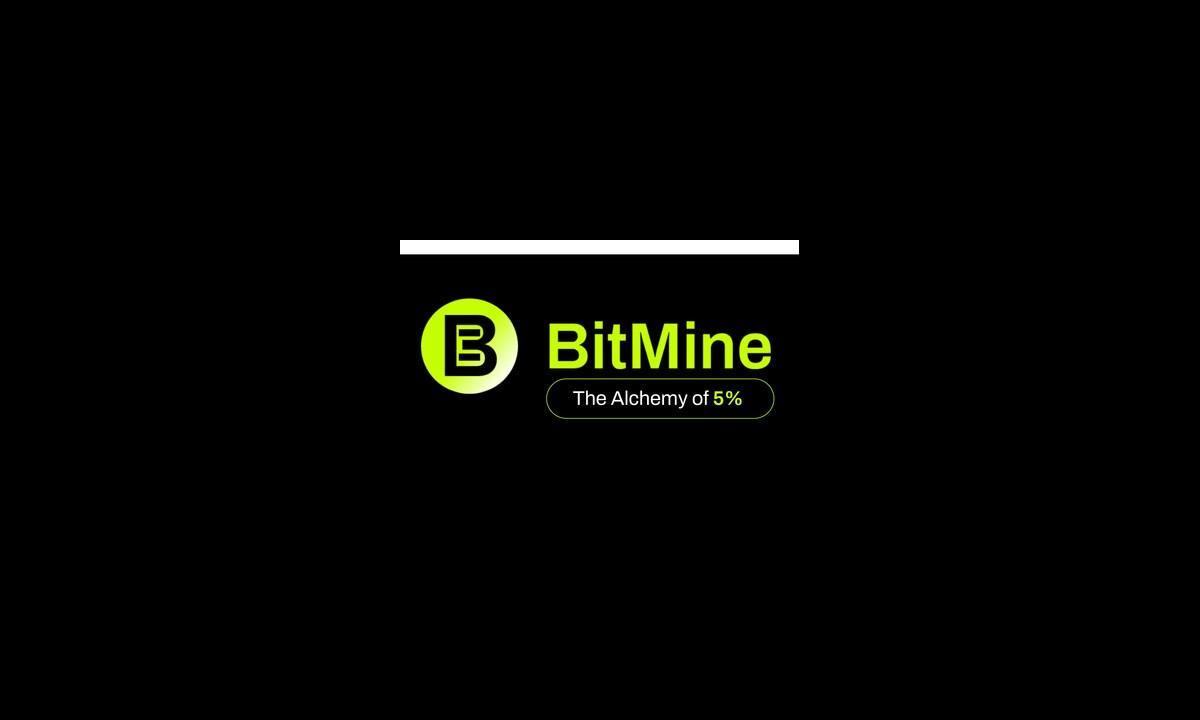A cryptocurrency airdrop is a method utilized to distribute digital currency to the general public. It involves the distribution of tokens or wallets on a specific blockchain to individuals who already possess certain other tokens. This process is often seen as a marketing strategy employed by token projects to promote their digital assets and increase their user base.
The main objective of airdrops is typically to promote marketing efforts, incentivize token holders to retain their assets, or encourage their participation in a specific blockchain network. By distributing free tokens to existing token holders, projects aim to generate interest and encourage adoption of their platform. Airdrops can be beneficial for both the token project and the participants, as they provide a mutually beneficial relationship.
The process of airdrops generally entails users holding a specific number of tokens in a publicly accessible wallet at a predetermined time, referred to as the snapshot time. The token project responsible for the airdrop then utilizes this snapshot to allocate the airdropped tokens accordingly. The snapshot ensures that only eligible token holders receive the airdropped tokens, preventing individuals from taking advantage of the distribution by creating multiple accounts or addresses.
One example of a successful airdrop is the distribution of Stellar (XLM) tokens. Stellar, a blockchain-based platform, conducted an airdrop where they allocated free XLM tokens to individuals who held Bitcoin (BTC) in their wallets. This airdrop not only introduced new users to the Stellar network but also incentivized Bitcoin holders to explore and engage with the Stellar ecosystem.
Airdrops offer several advantages, including the opportunity for users to diversify their cryptocurrency portfolio, raise awareness about the airdropped token, and earn additional dividends based on their existing holdings. Many airdrop campaigns employ various mechanisms, such as rewarding participants with coins or tokens in exchange for completing simple tasks like sharing news, referring friends, or downloading an app. These tasks help increase user engagement and spread the word about the project.
Additionally, airdrops can be a means for token projects to distribute their tokens fairly and transparently. Instead of relying solely on initial coin offerings (ICOs) or private sales, where tokens are typically sold to a limited number of investors, airdrops allow tokens to be distributed more widely. This approach enables a broader audience to gain access to the tokens and participate in the project’s growth.
Another example of an airdrop is the distribution of Uniswap’s UNI tokens. Uniswap, a decentralized exchange protocol built on the Ethereum blockchain, conducted an airdrop where they allocated UNI tokens to users who had interacted with the platform prior to a certain date. This airdrop aimed to reward early users and increase liquidity on the Uniswap platform.
It is important for participants in airdrops to exercise caution and thoroughly research the project and the airdrop requirements. Scammers can take advantage of the airdrop hype by creating fake airdrops to trick individuals into providing their private keys or other sensitive information. It is recommended to only participate in airdrops that are conducted by reputable projects and to never share personal information or private keys.
In conclusion, a cryptocurrency airdrop is a method used by token projects to distribute free tokens to existing token holders. These airdrops serve various purposes such as promoting marketing efforts, incentivizing token retention, and encouraging participation in a specific blockchain network. By conducting airdrops, projects can raise awareness, engage with their community, and distribute tokens in a fair and transparent manner. However, it is important for participants to exercise caution and avoid falling for scams or fake airdrops.














